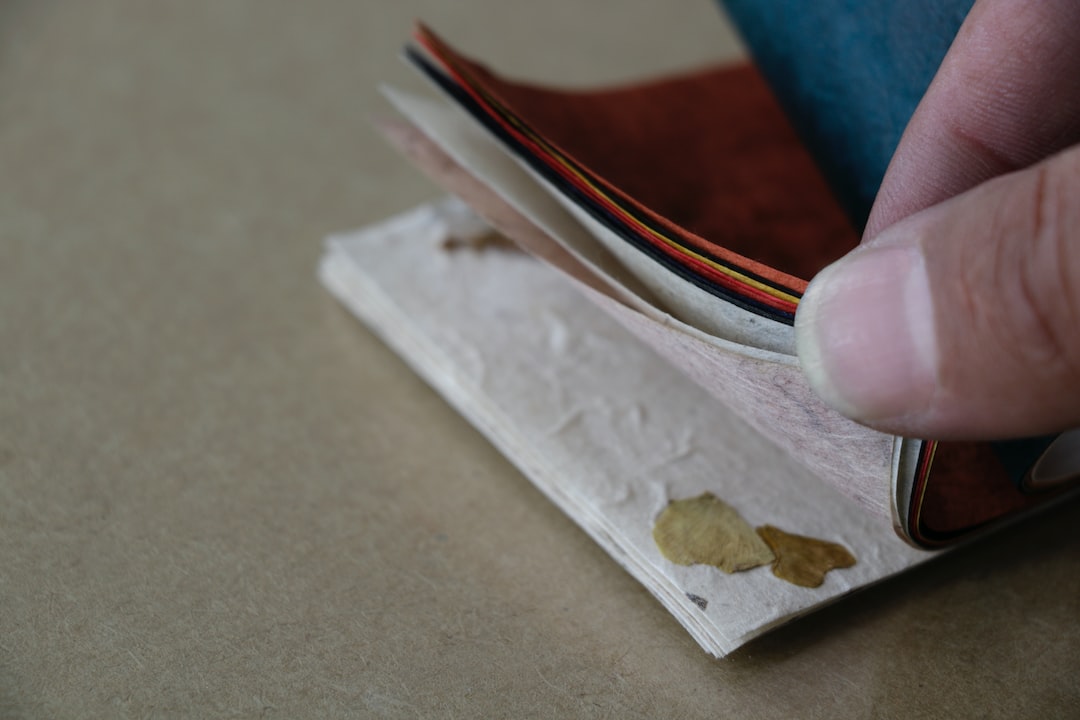Title: The Ultimate Guide to Gardening: Growing Plants from Scratch
Introduction
Gardening is more than just a hobby; it is an art that allows us to connect with nature, rejuvenate our spaces, and nurture life right from scratch. Whether you are a beginner or an experienced gardener looking to expand your knowledge, this ultimate guide will provide you with essential tips and step-by-step instructions to help you grow plants from scratch. By following these gardening principles, you will be able to create a thriving oasis and proudly watch your garden come to life.
1. Choosing the Ideal Location
The first step in creating a successful garden is selecting the ideal location. Plants require sunlight, so choose an area in your yard that receives adequate exposure to the sun’s rays. Additionally, consider the soil quality and drainage in the chosen spot. Good soil is crucial for plant growth, so make sure it is fertile, well-drained, and nutrient-rich.
2. Understanding Plant Requirements
Different plants have different needs when it comes to water, sunlight, and soil conditions. Before planting, research the specific requirements of the plants you wish to grow. This will help you ensure their optimal development and prevent problems such as overwatering or inadequate sunlight exposure.
3. Preparing the Soil
Preparing the soil is a fundamental step in gardening. Remove any weeds or debris from the selected area, and loosen the soil to ensure proper drainage. Consider adding organic matter, such as compost or well-rotted manure, to improve soil fertility and structure. Properly prepared soil sets the foundation for healthy plant growth.
4. Planting Seeds or Seedlings
Now that you have prepared the soil, it’s time to sow seeds or transplant seedlings. Follow the instructions on seed packets regarding planting depth and spacing. By giving the seeds or seedlings enough room to grow, you ensure ample access to sunlight and nutrients. Keep the soil moist but avoid overwatering, as this may drown the seeds or cause root rot.
5. Watering and Fertilizing
Watering is essential for plant growth, but it is crucial to strike the right balance. Too little water can cause plants to wither or die, while excessive watering can lead to root diseases. Water your plants deeply, allowing the soil to dry slightly between waterings. Fertilize regularly using organic or slow-release fertilizers to provide plants with the necessary nutrients and promote healthy growth.
6. Protecting Against Pests and Diseases
Garden pests and diseases can hinder plant growth and reduce harvest yields. Stay vigilant and regularly inspect your plants for signs of infestation or disease. Implement natural pest control methods, such as companion planting or introducing beneficial insects, to protect your plants without resorting to harmful chemical sprays.
7. Pruning and Supporting Plants
To ensure healthy growth and optimal yields, regular pruning and supporting of plants are essential. Prune dead or damaged branches to promote air circulation and prevent the spread of diseases. Additionally, use stakes, cages, or trellises to support plants that require vertical growth, such as tomatoes or climbing flowers. This helps prevent breakage and ensures the plant’s energy is directed towards fruit production.
8. Harvesting and Celebrating Success
Gardening is a joyful journey that culminates in the bountiful harvest of your efforts. Make sure to harvest your produce at the right time for peak flavor and nutrition. Each harvest is a testament to your dedication and hard work. Share your success with friends and family, and celebrate the fruits of your labor.
Conclusion
Gardening is an incredible way to connect with nature and create a sanctuary of beauty right in your backyard. By following this ultimate guide to gardening, you can start growing plants from scratch and nurture a thriving garden. Remember, gardening is a continuous learning process, so be patient, take risks, and enjoy the journey as you witness the wonders of nature unfold in your own garden.

